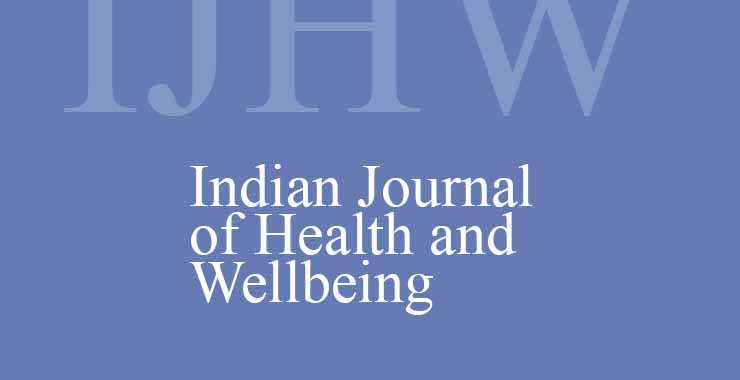Arsenic in Rice Bran and Rice Bran Oil: A New Poison For Humans
Original price was: ₹ 201.00.₹ 200.00Current price is: ₹ 200.00.
Page: 33-37
Hema Singh1 and Sangeeta Goomer2 (Department of Food Technology and Nutrition, Institute of Home Economics, University of Delhi, Delhi1 and Department of Food and Nutrition, Lady Irwin College, University of Delhi, Delhi2)
Description
Page: 33-37
Hema Singh1 and Sangeeta Goomer2 (Department of Food Technology and Nutrition, Institute of Home Economics, University of Delhi, Delhi1 and Department of Food and Nutrition, Lady Irwin College, University of Delhi, Delhi2)
Rice is a staple food for over half of the world’s population. In the recent years, whole grain rice intact with bran layers and rice bran products have gained popularity worldwide, due to their high nutrient content. However, latest researches have indicated the presence of poisonous metalloid ‘arsenic (As)’ in the rice-bran layers. Arsenic concentration varies geographically depending on the natural and anthropogenic sources. Asian countries, including India contain high levels of arsenic in rice grain. Still no regulation limits for arsenic in rice is present in India, due to lack of data on arsenic concentration in rice and rice-derived products. Therefore, present study was conducted to assess the arsenic in rice bran-polish (Oryza sativa L.) collected from the Trans Indo-Gangetic Plain of India, which is still an unexplored region. The As-concentration in rice bran-oil purchased from super-markets of Delhi were also estimated. The total arsenic (t-As) concentrations in rice bran samples was estimated using Inductively Coupled Plasma – Mass Spectrometry (ICP-MS). The results showed a higher range of As-concentration in the rice bran and rice bran oil samples. The t-As concentration in rice bran samples ranged from 0.116 to 1.843 mg/kg (dw), with mean value of 0.649 mg/kg (dw). When compared with the FSSAI As-limit (1.1 mg/kg), it was observed that about 20.8% of the rice bran-polish samples were above the As-limit. The As-concentration in rice bran oil samples procured from supermarkets of Delhi were also found to be contaminated with arsenic, ranging from 0.005 to 1.169 mg/kg oil. Surprisingly, 80% of the rice bran-oil samples contained arsenic above the FSSAI As-limit for oil. Hence, it is recommended that products that contain rice bran and sold as “premier” or “superior” healthy foods in the market due to their high nutritional content, needs to be reconsidered. More research should be directed towards this direction to determine the level of arsenic contamination in rice bran and bran products. There is an urgent need to direct the attention of policy makers and scientists to work in this direction.

